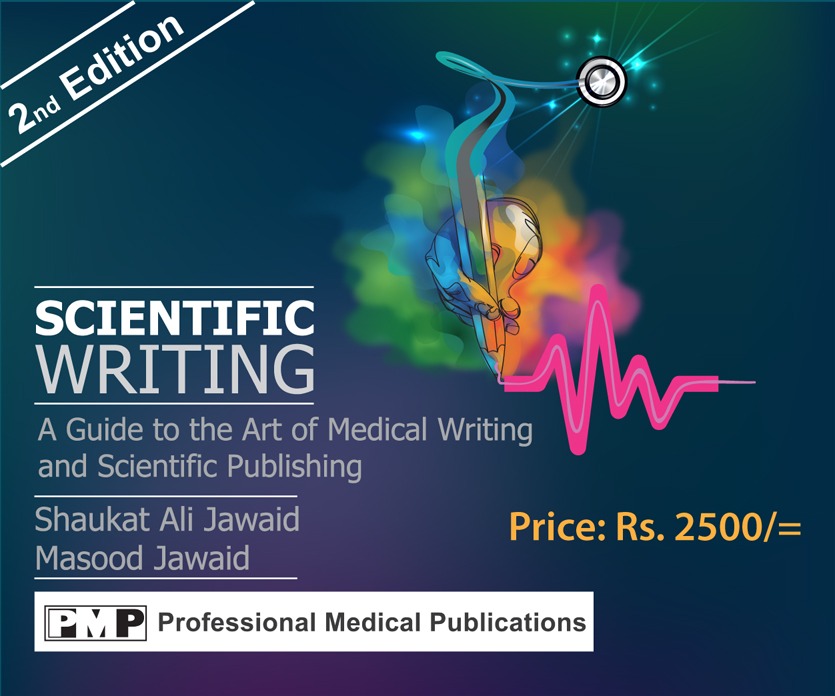Reprinted from Pakistan Journal of Medical Sciences. 2024;40(7):1545-1550. doi: https://doi.org/10.12669/pjms.40.7.8113
Zhanjun Liao1, Feiwei Liao2
Abstract
Objective: This study aimed to evaluate the clinical effectiveness of early pulmonary rehabilitation (PR) treatment methods for stroke-associated pneumonia (SAP).
Methods: This is a prospective, randomized controlled intervention study. Eighty SAP patients admitted to the rehabilitation department of Liuzhou People’s Hospital from June 2020 to December 2021 were selected and divided into an intervention group (40 cases) and a control group (40 cases) using the random number table approach. Patients in both groups received conventional treatments. Patients in the intervention group received early PR interventions, while patients in the control group received conventional rehabilitation treatment. The clinical effectiveness and pulmonary function indexes were compared.
Results: The intervention group showed shorter durations of stay in the intensive care unit, relief from symptoms, and mechanical ventilation compared to the control group following treatment (P < 0.05). The total clinical efficacy after intervention in the treatment group was 82.50%, significantly higher than the control group’s rate of 47.50% (P < 0.05). After 21 days of treatment, the forced expiratory volume in one second (FEV1)/predicted value in the intervention group was 64.92 ± 8.53, while it was 52.69 ± 7.08 in the other group. The FEV1/forced vital capacity in the intervention group was 59.73 ± 7.18, compared to 50.36 ± 6.54 in the control group. The intervention group had a clinical pulmonary infection score of 2.62 ± 1.13, while the control group had a score of 4.17 ± 2.08. The intervention group showed a significant improvement in lung function, with statistically significant differences compared to the other group (P < 0.05). Moreover, the intervention group had significantly lower levels of interleukin-4 and interleukin-10 compared to the control group, with statistical significance (P < 0.05). The average National Institute of Health Stroke Scale score of the intervention group was significantly lower than that of the control group in the second and third weeks after treatment (P < 0.05).
Conclusion: Early comprehensive pulmonary rehabilitation can significantly enhance the pulmonary function and respiratory status of SAP patients and facilitate the early recovery of brain function. This approach archives significantly better outcomes compared to conventional PR; therefore, it is worth clinical implementation.
How to cite this: Liao Z, Liao F. Effect of early pulmonary rehabilitation therapy on the pulmonary function of patients with stroke-associated pneumonia and analysis of its effectiveness. Pak J Med Sci. 2024;40(7):1545-1550. doi: https://doi.org/10.12669/pjms.40.7.8113



